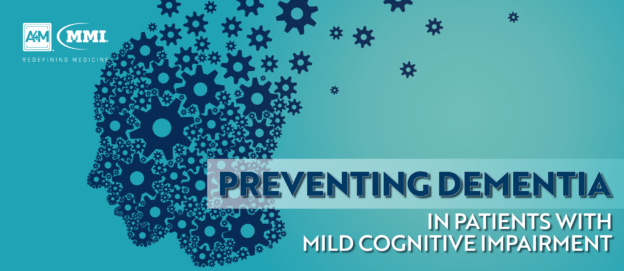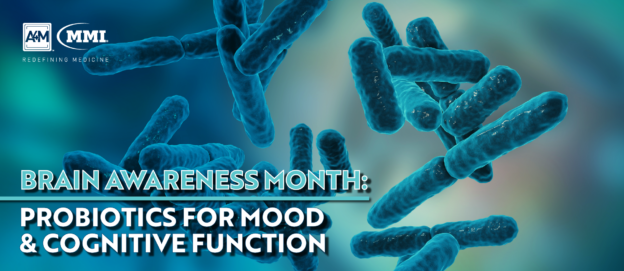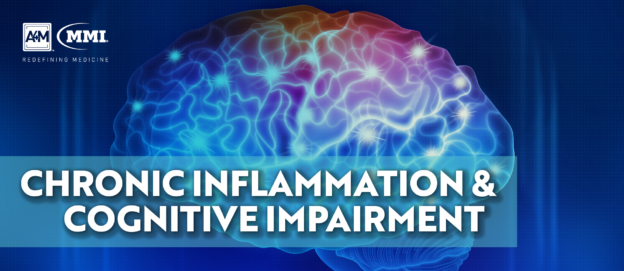According to data from the American Academy of Neurology (AAN), an estimated 6% of people worldwide suffer from mild cognitive impairment (MCI) in their 60s, and 37% are affected by age 85. Although patients with mild cognitive impairment have an increased risk of developing dementia, the condition does not always worsen and growing research aims to determine the underlying mechanisms linking the two. The progression from MCI, a slight but noticeable change in cognitive function, to dementia is not automatic; about 15% of MCI cases develop into dementia.



